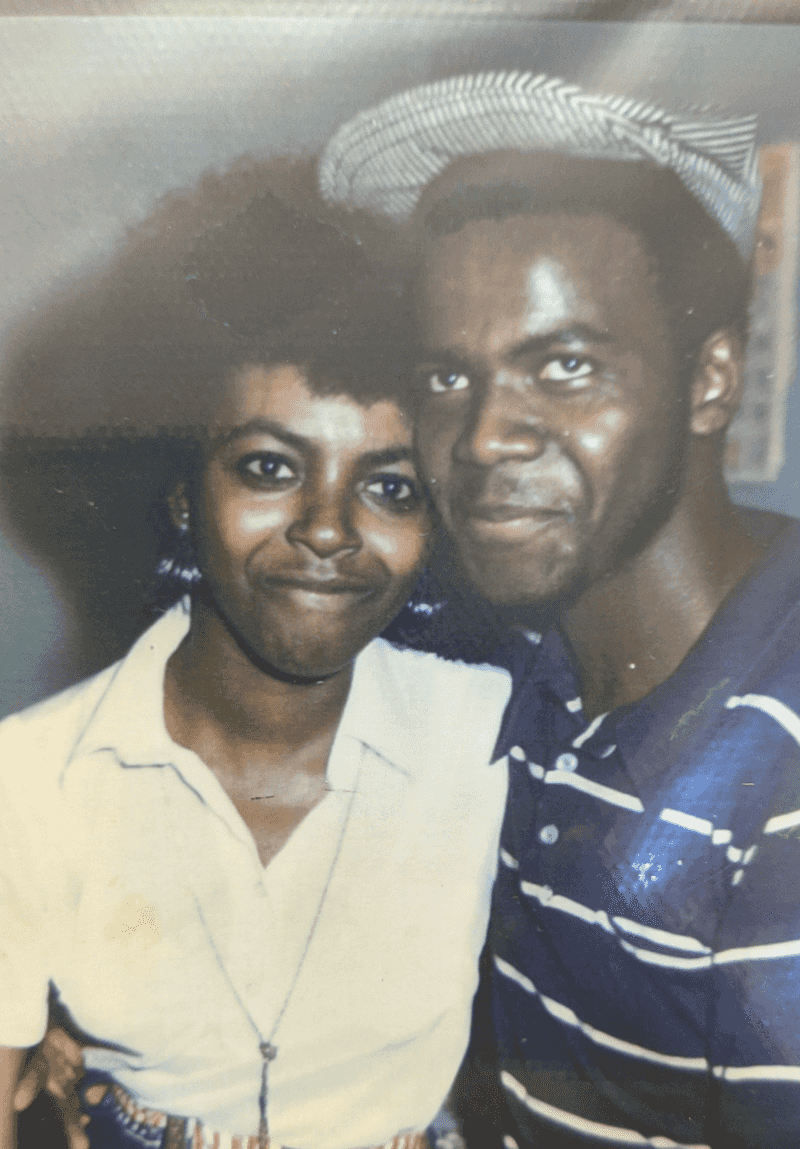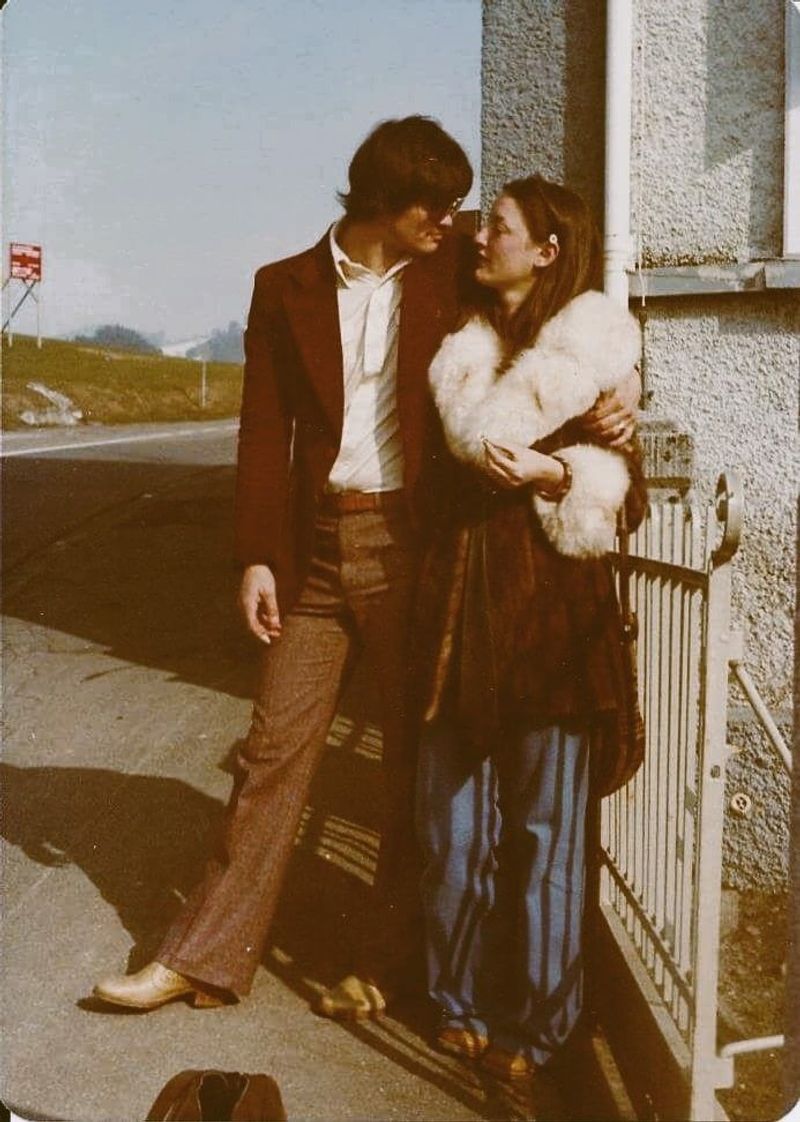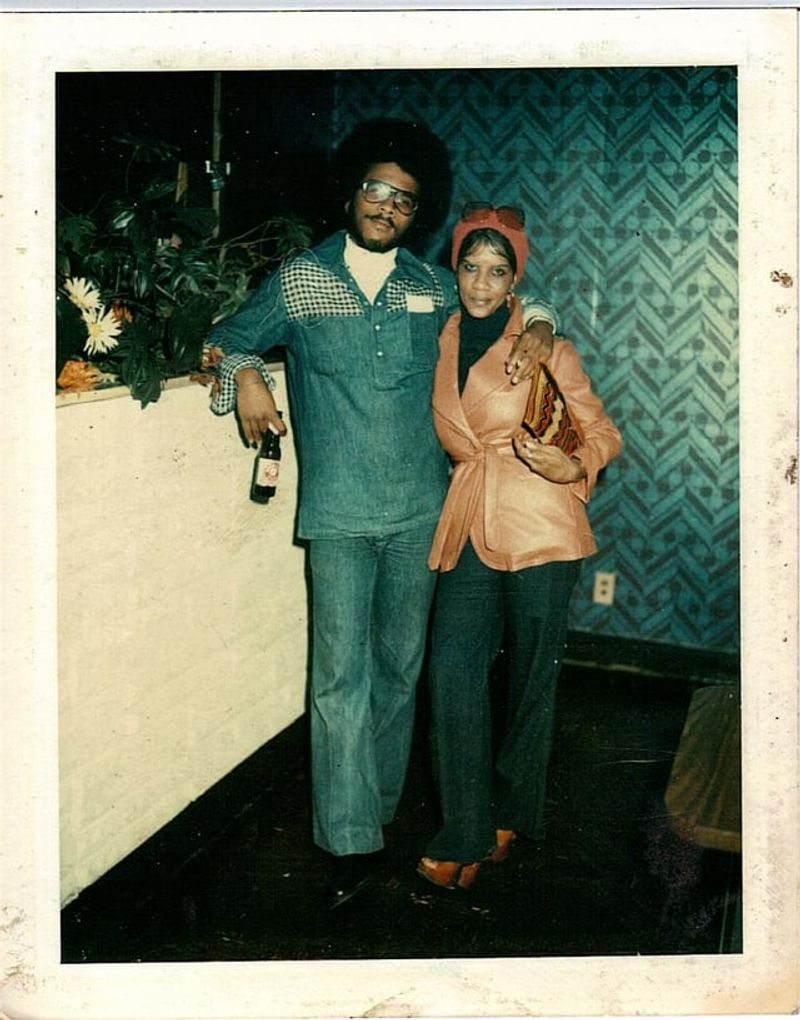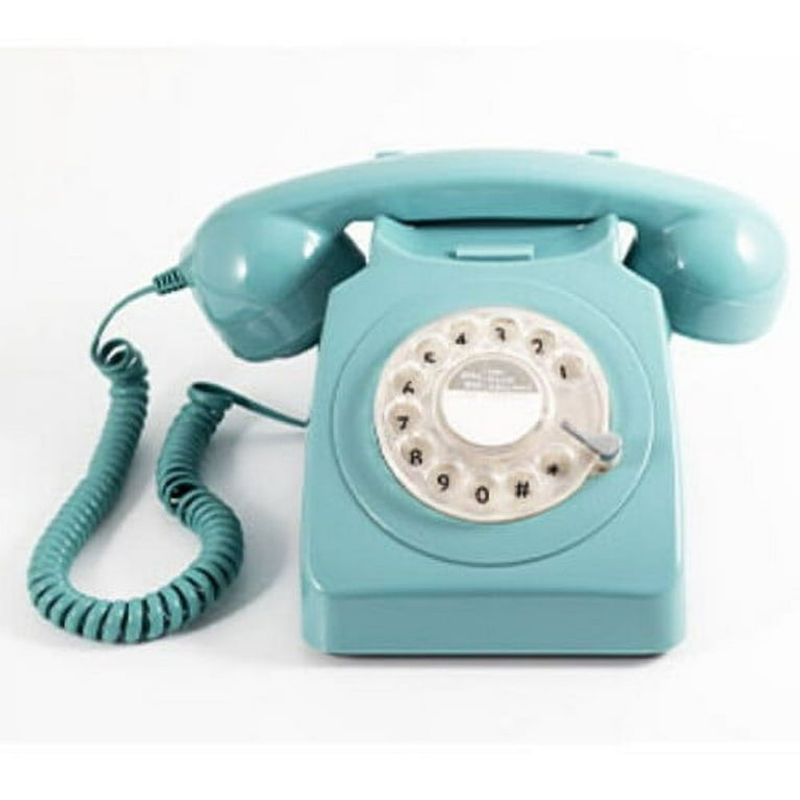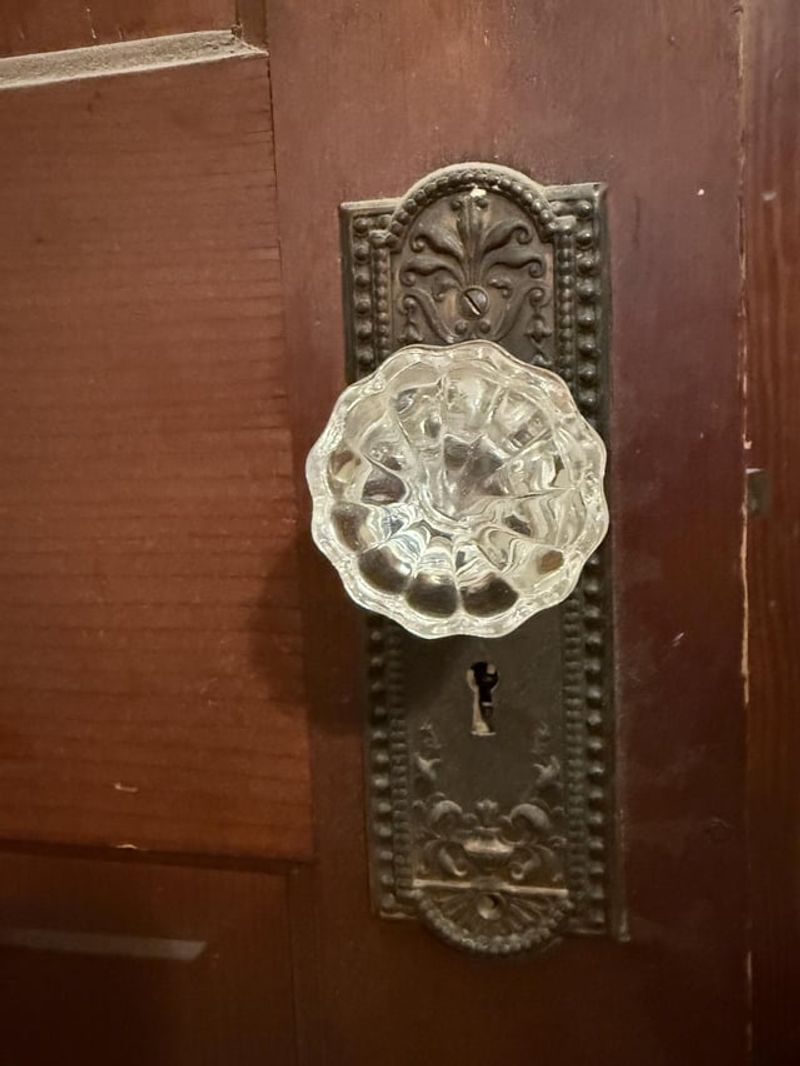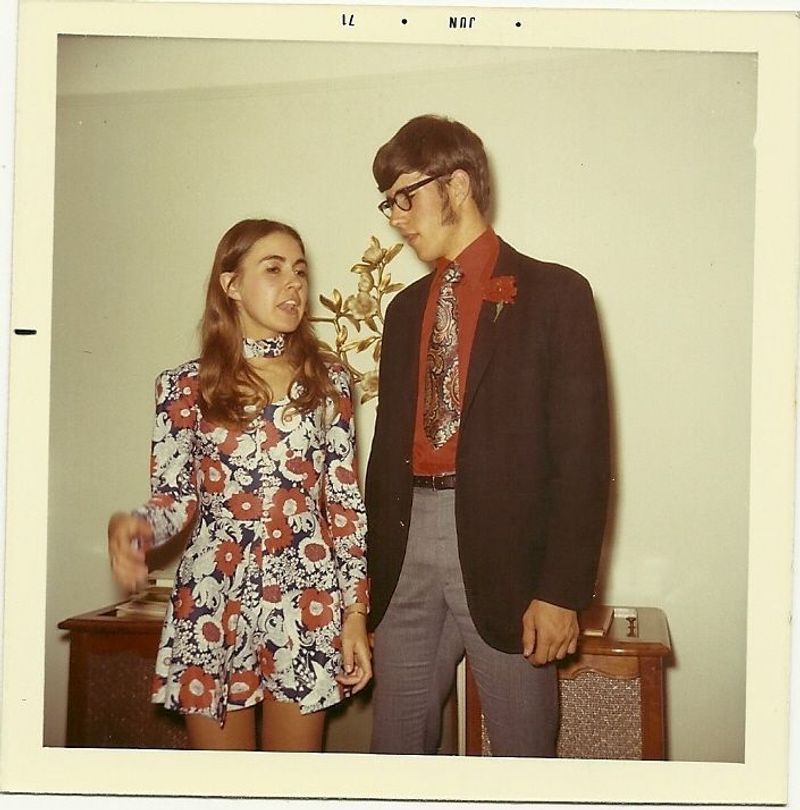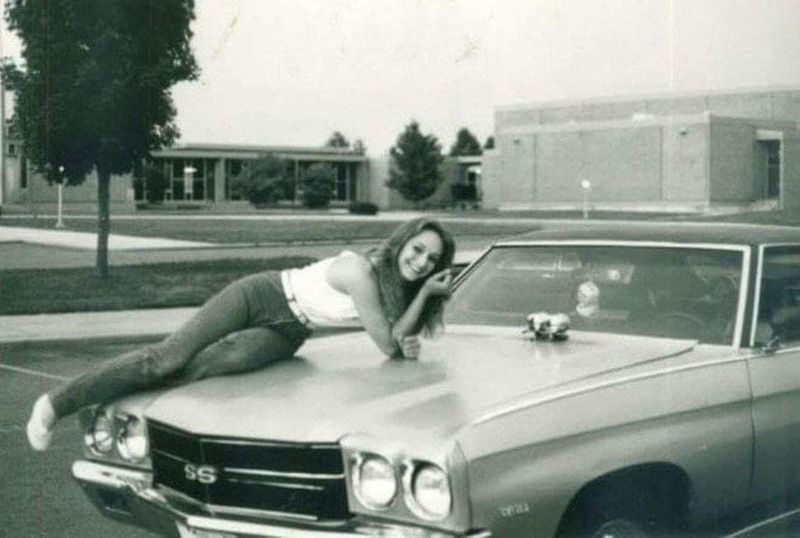Dating in the 1970s operated under a completely different set of social rules than today.
While young people now navigate relationships through apps and instant messages, their grandparents followed strict protocols that defined courtship.
These dating customs from half a century ago would leave today’s teenagers utterly bewildered – and possibly outraged.
1. Men Always Paid for the Date
Wallets only came out of men’s pockets during dates in the 1970s. A woman reaching for the bill would create an awkward social blunder that might not be forgotten.
The expectation was clear: men demonstrated their worth through financial gestures. Splitting costs (now called “going Dutch”) was considered improper and even insulting to male pride.
Women’s magazines advised readers to graciously accept this arrangement, suggesting that offering to pay might make a man feel inadequate or emasculated. This financial imbalance reinforced gender roles that modern daters would find restrictive.
2. The Man Had to Make the First Move
Forget taking initiative, ladies! Dating guides from the disco era firmly instructed women to wait patiently until approached by an interested gentleman.
Popular books like “The Rules” emphasized that women should never, under any circumstances, make the first romantic gesture. Forward behavior from women was considered desperate or unladylike.
Young women practiced the art of appearing available yet unattainable – smiling from across the room but never directly approaching. This passive role in relationship formation would frustrate today’s generation, who value directness and equality in pursuit.
3. You Couldn’t Call Him First
The rotary phone sat silently while teenage girls stared longingly, forbidden from dialing their crush’s number. Magazine advice columns warned that calling boys first would brand you as “boy-crazy” or “too eager.”
Girls spent hours discussing potential scenarios with friends, wondering if he would call. The waiting game created genuine anxiety that today’s direct-messaging generation would find ridiculous.
Some particularly strategic young women would time their showers or errands precisely to avoid appearing too available when he finally called. The power dynamic this created – men as pursuers, women as passive recipients – reinforced unhealthy relationship patterns.
4. Double Dates Were Encouraged for “Safety”
Safety had a different meaning in the 1970s dating world. Parents pushed double dates not just for fun but as a form of socially acceptable supervision.
Two couples going out together provided a buffer against “going too far” physically while maintaining an appearance of independence. Girls especially were encouraged to bring friends along on early dates to protect their reputations.
The practice reflected lingering concerns about unmarried couples being alone together. While today’s teens might appreciate the safety aspect, they’d balk at the underlying assumption that young people – particularly young women – couldn’t be trusted to make their own decisions about physical boundaries.
5. A Girl’s Reputation Was on the Line
The dreaded “reputation” haunted young women through their dating years. Dating multiple people sequentially – let alone simultaneously – could earn a girl harsh labels that followed her through high school and beyond.
Boys faced no such scrutiny. The double standard meant young men could date freely while girls carefully counted their boyfriends, knowing the community was counting too.
Parents warned daughters about becoming “damaged goods” through too much dating experience. This focus on female purity created anxiety and shame around normal social exploration that Gen Z, with their emphasis on personal choice and autonomy, would find oppressive.
6. Chastity Was Still the Cultural Norm
Despite the sexual revolution making headlines, most mainstream dating advice still preached abstinence. Teen magazines answered questions about “how far to go” with careful warnings about protecting one’s virtue.
Many young couples navigated complex physical boundaries without direct conversation. Unspoken rules about “bases” and “going all the way” created confusion and pressure.
Religious communities especially emphasized waiting until marriage, with some schools and churches sponsoring “promise rings” and chastity pledges. The contrast between media portrayals of free love and actual social expectations created a confusing landscape that today’s more open conversations about consent would have greatly improved.
7. Women Were Expected to Let Men Order for Them
Fancy restaurants in the 1970s often presented menus only to the male dinner guests. The practice of men ordering for women symbolized protection and knowledge of the world.
Dating guides advised women to graciously accept whatever was ordered, regardless of personal preference. This ritual demonstrated a woman’s willingness to trust her date’s judgment – a quality considered attractive.
Some restaurants even printed “ladies’ menus” without prices to maintain the illusion that women needn’t concern themselves with financial matters. Gen Z diners would be appalled by this practice, which ignored women’s agency and reinforced the idea that femininity meant surrendering basic choices.
8. No Public Displays of Affection
Holding hands might be acceptable, but anything more risked public disapproval or even intervention. Movie theaters shined flashlights on couples getting too cozy, while school dances enforced the “daylight between bodies” rule.
Parents and teachers actively monitored young couples for signs of excessive physical contact. The phrase “get a room” originated from genuine societal discomfort with romantic displays.
Even married couples faced criticism for kissing in public spaces. This strict policing of physical affection reflected deeper anxieties about sexuality that contrast sharply with today’s more relaxed attitudes toward kissing and embracing in public.
9. No Talking About Politics or Money on a Date
“Keep it light and breezy” was the golden rule for 1970s date conversation. Women especially received warnings against discussing controversial topics like Vietnam, civil rights, or economic issues.
Dating columns suggested safe alternatives: hobbies, music, and compliments. Showing too much intellectual depth or political passion might make a woman seem argumentative or intimidating.
The fear was that serious topics would create conflict or make a date feel like work rather than pleasure. Modern daters who often connect through shared values and political views would find this superficial approach frustrating and inauthentic.
10. Teen Dating Often Required Parental Approval
Meeting the parents wasn’t just a milestone – it was often a prerequisite for dating in the 1970s. Families exercised veto power over potential relationships, especially in conservative communities.
Parents commonly conducted informal background checks, asking about the young person’s family, church attendance, and academic standing. Dating someone from a different religious or racial background could trigger family interventions or outright prohibitions.
Some parents enforced “courtship” models where all dates happened in family living rooms under watchful eyes. The lack of privacy and autonomy would shock today’s teenagers, who generally expect to make their own relationship choices regardless of parental opinion.
11. The Phone Was Everything—But One Line for the Whole House
Long before smartphones, the family telephone represented both freedom and frustration for dating teens. That single shared line connected you to your social life – but with zero privacy.
Hour-long conversations happened while family members impatiently waited their turn. Parents might pick up another extension to eavesdrop, or siblings would shout embarrassing comments within earshot.
Calling too late could wake the household and earn punishment. Many families imposed strict time limits on calls or banned them during dinner hours. The communal nature of communication meant romantic conversations remained guarded and brief – a far cry from today’s private, unlimited texting.
12. Boys Had to Pick You Up at the Door
Honking from the driveway was the ultimate dating faux pas in the 1970s. Young men were required to approach the front door, ring the bell, and face whatever awaited inside.
This ritual often included an awkward conversation with the father while the date finished getting ready upstairs. Some protective dads used this time to establish curfews or subtly interrogate about the evening’s plans.
The doorway pickup served multiple purposes: demonstrating respect, allowing parents to assess the date’s appearance and manners, and establishing parental authority over the outing. Today’s app-summoned rides and casual meetups have eliminated this nerve-wracking tradition that Gen Z would find invasively formal.
13. Fashion Was Mandatory and Gendered
Casual Friday didn’t exist in the 1970s dating world. Men arrived in pressed slacks and button-downs while women squeezed into dresses or skirts regardless of the weather or activity.
Dating in jeans was considered disrespectful unless attending very casual events like outdoor concerts. Women’s magazines provided elaborate guidance on appropriate hemlines and necklines for different dating scenarios.
The pressure to appear perfectly groomed fell disproportionately on young women, who spent hours preparing for dates. Gen Z, with their fluid approach to gender expression and comfort-focused fashion sense, would reject these rigid appearance standards that valued formality over authentic self-expression.
14. “Parking” Was a Whole Activity
Before Netflix and chill, there was “parking” – the practice of finding secluded spots where young couples could make out in cars. Local teenagers knew exactly which overlooks or dead-end roads offered privacy.
This car-based intimacy developed partly from necessity. With limited private spaces available, vehicles became romantic retreats away from watchful eyes.
The activity came with risks: police flashlights tapping on fogged windows, or local gossips reporting back to parents about whose car was spotted where. The coded language around parking (“submarine races” or “watching the sunset”) created a shared youth culture that bypassed adult supervision in an era before bedroom televisions and unlocked phones.
15. You Broke Up on the Phone—or in Person Only
Ending relationships required direct confrontation in the pre-text era. No ghosting, no status updates – just the dreaded “we need to talk” phone call or face-to-face conversation.
Breaking up through friends or avoiding contact was considered deeply cowardly. The social contract demanded giving reasons and closure, even for brief relationships.
Sometimes these breakups happened with parents nearby, adding another layer of awkwardness. The unavoidable emotional rawness of in-person endings meant people often stayed in unsatisfying relationships longer than they might today, when digital distance makes clean breaks technically easier but emotional resolution sometimes harder to achieve.

